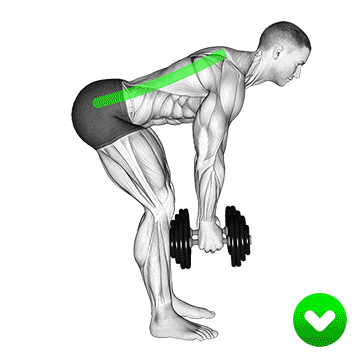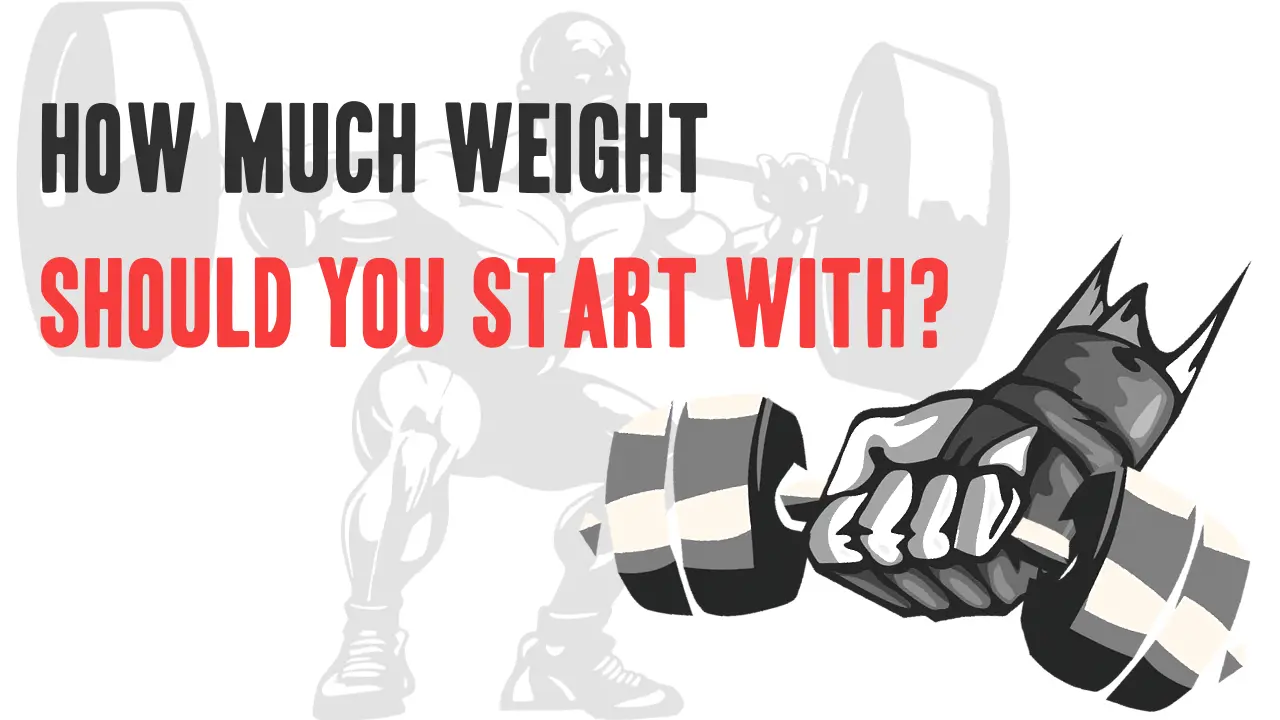Contents
Starting weight training can be exciting yet overwhelming, especially when it comes to selecting the right amount of weight. If you’re a beginner, it’s essential to find the right balance between a weight that’s challenging enough to build strength but not so heavy that it risks injury or poor form. So, how do you determine the perfect starting weight? Let’s break it down.
1. Why Does Weight Selection Matter?
Weight selection is crucial in weight training. Lifting too light won’t challenge your muscles enough to stimulate growth, while lifting too heavy can compromise your form and increase your risk of injury. The goal is to pick a weight that’s “just right” – one that pushes your muscles while allowing you to maintain proper technique.
2. Start Light to Focus on Form
Before diving into heavy weights, focus on mastering your form. Lifting with poor technique can lead to injuries over time, especially in complex movements like squats, deadlifts, or bench presses. Start with a weight that allows you to control the movement comfortably. You should be able to complete the full range of motion without struggling, especially in the first few sets.

General Guidelines:
- Smaller muscle groups (arms, shoulders): Start with 2–5 lb (1–2 kg) dumbbells.
- Larger muscle groups (legs, back, chest): Begin with 8–15 lb (4–7 kg) weights.
These are just basic recommendations and may vary depending on your fitness level.
3. How to Find the Right Starting Weight
To gauge whether you’ve selected the correct weight, try the repetition test:
- Choose a weight and aim for 12–15 repetitions (reps).
- Evaluate how you feel:
- If you reach 15 reps and still feel like you could do more, the weight is likely too light.
- If you struggle to reach 8 reps, the weight is too heavy.
- The ideal weight allows you to complete 12–15 reps with the last few reps feeling challenging but still maintaining good form.
- Test and adjust: Your first few sessions are all about experimenting. Once you find a comfortable range, you can fine-tune the weight.
4. When to Increase the Weight
Once you’ve settled into a routine, your muscles will start to adapt. If you’re consistently completing 12-15 reps with ease, it’s time to increase the weight.
- Increase by 5-10%: Gradually increase the weight by 5-10% at a time. For example, if you’ve been lifting 10 lbs, move up to 11-12 lbs.
- Progression is key: Regularly challenging your muscles will help you continue to make gains in strength and endurance.
5. Listen to Your Body
It’s important to tune in to how your body feels during and after each workout. Here’s how:
- Muscle fatigue is normal: You should feel your muscles working and may experience mild soreness the day after a workout.
- Pain is not: Sharp or lingering pain, especially in your joints, is a sign you’re either lifting too much or using improper form.
Always remember that your form and technique should never be sacrificed for the sake of lifting heavier. Proper weight training is about quality over quantity.
6. Focus on Consistency
When you’re new to weight training, the most important thing is consistency. Stick to a regular routine, start light, and gradually build up. Your body will thank you in the long run, and you’ll start seeing gains in strength, muscle tone, and overall fitness.
7. Consult a Trainer
If you’re still unsure about the right weight for you or need help with your form, consider working with a personal trainer, especially at the beginning of your fitness journey. They can provide personalized guidance and ensure you’re on the right path.
Final Thoughts
Weight training is one of the best ways to build strength, improve muscle tone, and boost your overall health. But starting light and progressively increasing your weights is key to avoiding injury and maximizing your results. Whether you’re lifting 5 lbs or 50 lbs, what matters most is that you’re challenging yourself, maintaining proper form, and staying consistent. Happy lifting!



